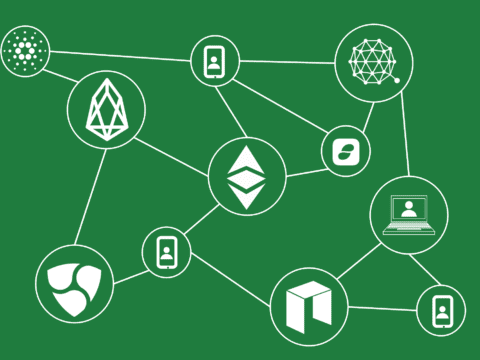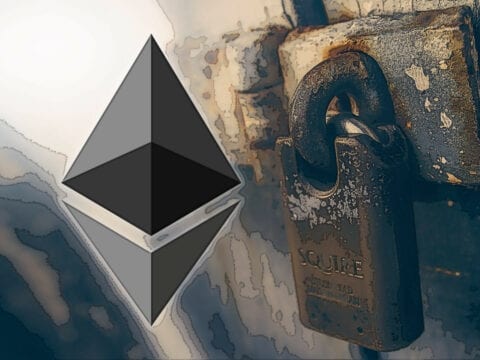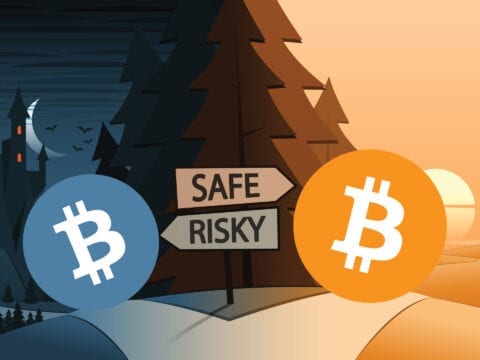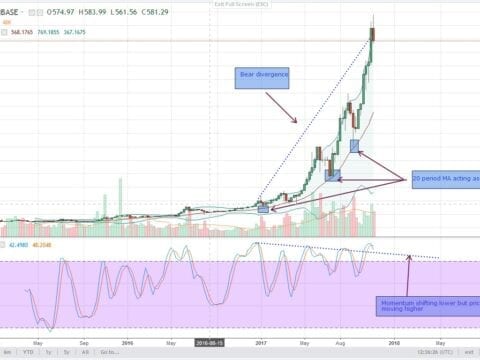True, crypto has been revolutionary. From being labelled as a threat to traditional but dominant systems to wildfire misinformation that these digital platforms are conduits for money laundering, the crypto and blockchain endures.
Well, the community consists of extroverts and are aware that there are more threats to the network that word of mouth. Sometimes it is talked in low tones and was profoundly highlighted by the mysterious Satoshi Nakamoto. Said to be an existential threat, a 51 percent or a double spending attack is a dreaded occurrence.
A while back, Ethereum Classic, a coin so endeared and even has the prestigious support of CoinBase was “deep chain re-organized”. This reorganization (a euphemism for a double spend) was striking, news line making and a scary event for ETC holders. It was because for every double spending event—an event where one can spend a coin TWICE—or in technical terms use the same inputs of a broadcasted transaction twice—it means the legitimacy of the network is put in serious doubts.
CoinBase were the first to pick up this attack stating that the motive was for-profit and not an act of malice from ASIC miners who secure the network. But here is the misconception when a double spending attack happens. It is not the coins—in this case ETC—that are stolen. Instead because perpetrators have an upper hand and control 51 percent of the network’s hash rate, they can at their pleasure—as long as they have this majority control—reverse transactions paid in ETC.
This means exchanges as well as merchants bear the brunt. And it can be cascading in that double spent coins can be used to hire more hash power from sites as Nice Hash. After that, the same can be used to attack blockchains. It’s easier, Crypto51 rates indicate that Bitcoin Private transactions can be double spent at just $17 per hour.





